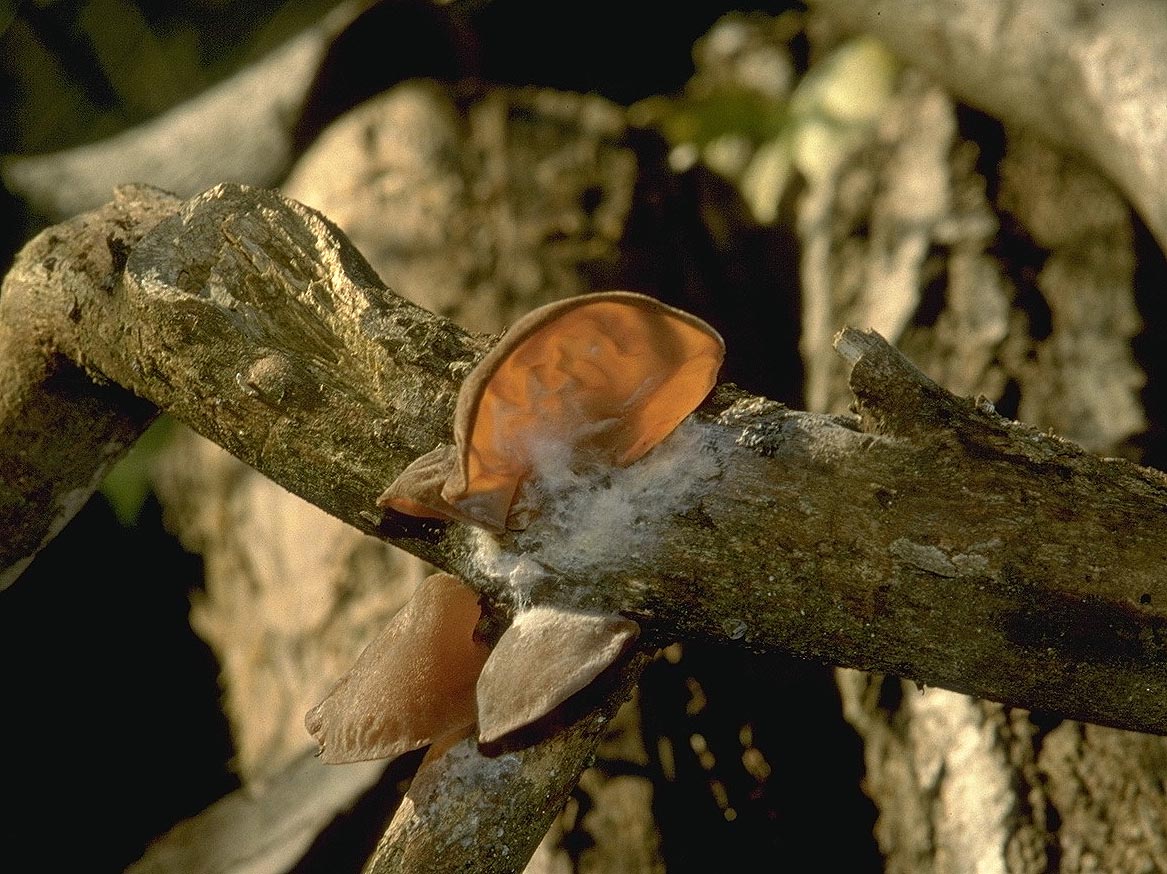

The prevalence and increasing trends of overweight, general obesity, and abdominal obesity among Chinese adults: A repeated cross-sectional study. Obesity: Global epidemiology and pathogenesis. These results provide a scientific basis for the further development and utilization of Auricularia auricula-judae resources in the Qinba Mountain area.Īuricularia auricula-judae polysaccharide high-calorie diet inflammatory response lipid metabolism nutritional obesity.īluher M. Moreover, the intervention effects were closely related to mitochondrial function. Furthermore, AAP down-regulated liver adipogenic-related gene expressions, suppressed cholesterol synthesis-related gene levels, up-regulated fatty acid β-oxidation-related gene expressions, and promoted cholesterol efflux-related gene expressions, thus improving mice hepatic lipid metabolism homeostasis. In addition, AAP supplementation decreased inflammatory factor levels and alleviated liver histomorphology changes. The results showed that dietary supplementation of Auricularia auricula-judae polysaccharides (AAP) significantly improved mice's insulin resistance state, altered serum lipid metabolites, and slowed down body weight gain that was induced by HFFD. This study was performed to explore the intervention effects of polysaccharides that were extracted from Auricularia auricula-judae resources in the Qinba Mountain area on nutritional obesity in C57BL/6J mice that was induced by high fat and high fructose diets (HFFD) and to investigate their underlying molecular mechanisms.
Auricularia auricula nutrition full#
These results could offer a full explanation and a potential option for the adjuvant therapy of diabetes with AAPs.The incidence of lipid metabolism disorder and obesity that is caused by high-calorie diets is increasing year by year, which has become an urgent global health problem. Furthermore, our study firstly determined the specific underlying mechanism that AAPs ameliorates T2D through regulating AKT/AMPK pathways and modifying the gut microbiota. The article systematically verified the positive effects of AAPs on insulin resistance, glycolipid metabolism disorder, inflammation, and liver injury, key factors closely related to T2D. Overall, this study confirms that AAPs can improve type 2 diabetes by regulating the AKT and AMPK pathways and modulating intestinal microbiota. Particularly, AAPs intervention mainly affected the amino acid metabolism and glycolipid metabolism pathways. In our study, AAPs elevated gut microbiota diversity and optimized microbial composition and function in T2D mice, characterized by increased Lactobacillus and Bacteroides abundance and decreased Clostridium and Allobaculum abundance. Furthermore, we investigated the association between changes of gut microbiota and AAPs effects using high-throughput sequencing of 16S rDNA for fecal samples. In addition, AAPs improved glycolipid metabolism disorders by activating the AKT and adenosine 5`monophosphate-activated protein kinase (AMPK) signaling pathways in T2D mice. The results indicated that 50 and 100 mg/kg AAPs significantly decreased inflammation, liver injury, and insulin resistance.

In this study, we explored the effects and potential mechanism of AAPs on type 2 diabetes (T2D) using a high-fat diet and streptozotocin (STZ) induced C57BL/6J mice. It has been shown the potential of AAPs to improve diabetes as an effective adjuvant, but the underlying mechanism remains unclear.

auricula (AAPs) are typically fungal polysaccharides and have a wide range of biological activities. Auricularia auricula-judae is an edible fungus with high nutritional value due to abundant polysaccharides, and is acknowledged as traditional food and medicine in Asia.


 0 kommentar(er)
0 kommentar(er)
